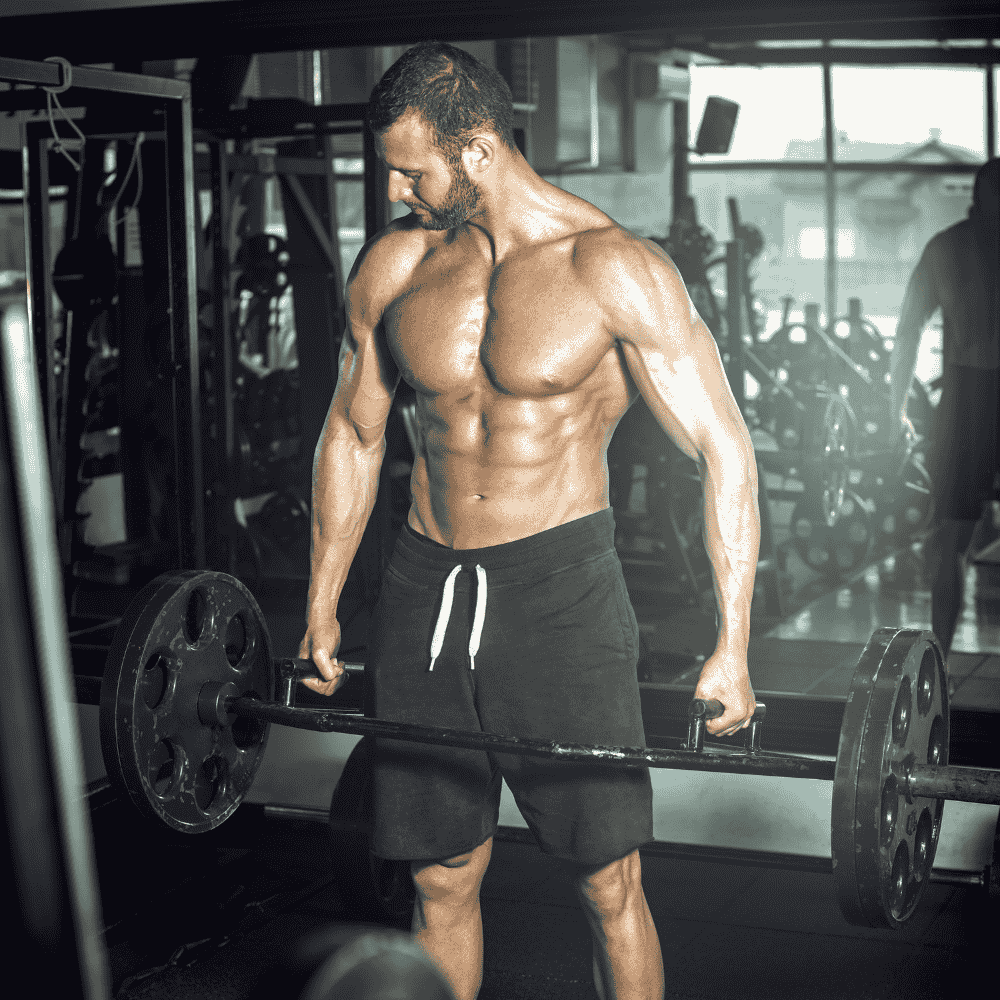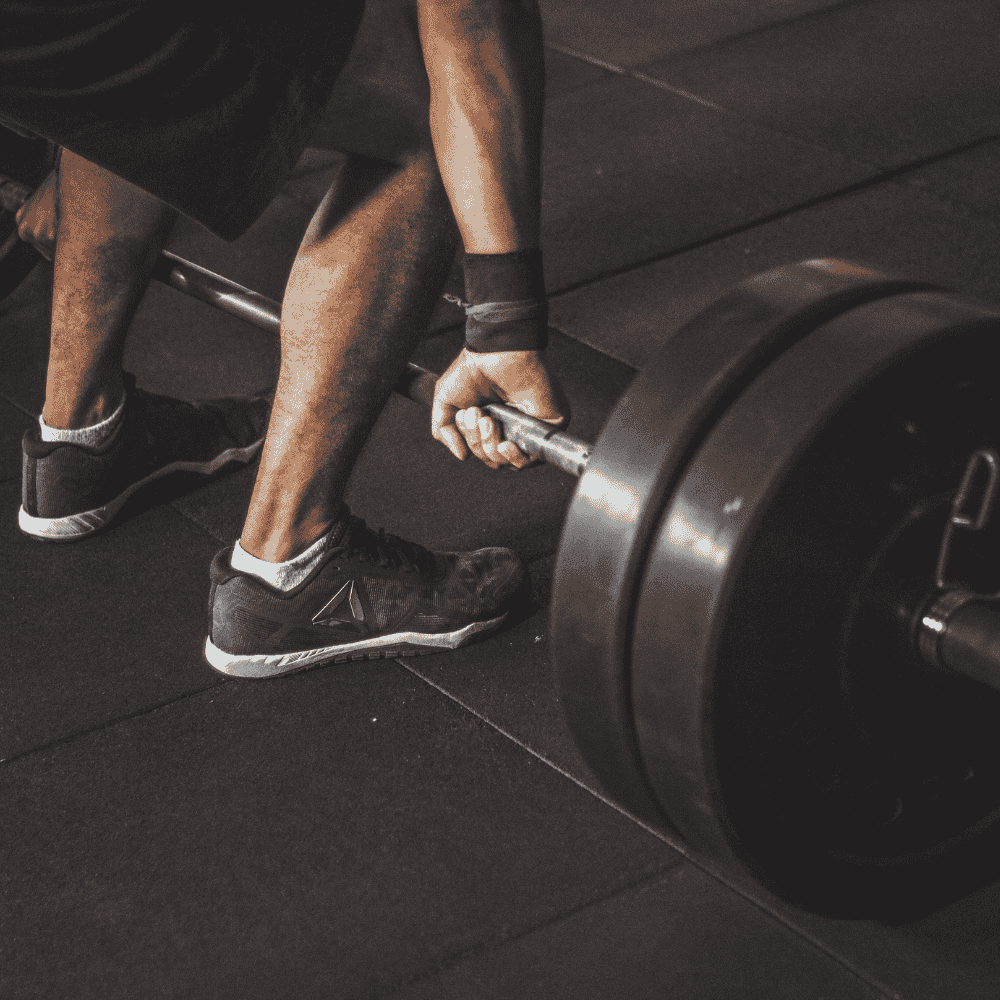The lat pulldown is one of the most popular back exercises in the gym — and for good reason.
It targets your latissimus dorsi (the large muscles on your back) while also engaging your shoulders, arms, and core.
But if you’ve ever wondered how do you do a lat pulldown properly? or what does a lat pulldown work exactly? — you’re in the right place.
This guide covers everything you need to know to master perfect form, avoid common errors, and get the most from this classic strength move.
What Is a Lat Pulldown?
The lat pulldown is a strength training exercise performed using a cable machine and a bar attachment.
The goal is to pull the bar down towards your upper chest, activating your lats and upper back muscles.
It mimics the movement of a pull-up but allows you to adjust the resistance, making it suitable for all fitness levels.
Whether you train in a commercial gym or your home setup, the lat pulldown is an essential movement for building a wide, strong, and defined back.
What Does the Lat Pulldown Work?
The lat pulldown primarily targets the latissimus dorsi, the broad muscles that run along the sides of your back. These are responsible for that desirable “V-shaped” physique.
However, it also recruits several supporting muscles:
Biceps – assist in pulling the bar down
Trapezius – stabilises the shoulder blades
Rhomboids – help retract the shoulders
Rear deltoids – contribute to shoulder movement
Core muscles – maintain posture and stability
So while it’s mainly known as a back exercise, the lat pulldown actually engages multiple upper-body muscles at once.

How Do You Do a Lat Pulldown Properly?
Follow these steps to perform the lat pulldown with perfect form:
Set up the machine:
Adjust the thigh pad so it’s snug against your thighs. This prevents your body from lifting as you pull the bar down.Choose the right grip:
Use an overhand grip (palms facing away), slightly wider than shoulder-width. This position engages the lats most effectively.Position your body:
Sit upright with your chest lifted, shoulders down, and feet flat on the floor. Avoid leaning too far back — a slight angle is enough.Pull the bar down smoothly:
Exhale as you pull the bar towards the top of your chest. Keep your elbows pointing down and slightly back. Focus on using your back muscles, not your arms.Pause and squeeze:
Hold for a brief moment at the bottom of the movement, squeezing your shoulder blades together.Control the return:
Inhale as you slowly let the bar rise back to the starting position, keeping tension in your lats.
Perform 3–4 sets of 8–12 repetitions, maintaining control throughout every rep.
Common Lat Pulldown Mistakes (and How to Fix Them)
Even experienced gym-goers get this wrong. Here are the most frequent errors and how to avoid them:
1. Leaning Too Far Back
Some people turn the pulldown into a kind of row by leaning back excessively. This shifts the focus away from the lats and onto the lower back.
Fix: Keep your torso upright or lean back no more than 10–15 degrees.
2. Using Momentum
Swinging the bar or jerking it down makes the exercise easier but far less effective.
Fix: Slow down. Focus on smooth, controlled movements and muscle engagement.
3. Pulling the Bar Behind the Neck
This outdated variation can strain your shoulders and neck.
Fix: Always pull the bar to your chest, not behind your head. It’s safer and just as effective.
4. Using the Arms Instead of the Back
When your biceps dominate the movement, your lats don’t get properly activated.
Fix: Imagine driving your elbows down towards your sides rather than pulling with your hands.
5. Incomplete Range of Motion
Not extending your arms fully at the top limits your results.
Fix: Allow the bar to rise until your arms are almost straight, maintaining control.
Lat Pulldown Variations Worth Trying
Changing your grip or attachment can target different muscles and keep your workouts engaging:
Wide-Grip Lat Pulldown: Emphasises outer lats for a broader back.
Close-Grip Lat Pulldown: Focuses more on inner lats and biceps.
Reverse-Grip Pulldown: Increases biceps involvement.
Single-Arm Pulldown: Helps correct muscle imbalances and improves mind-muscle connection.
Experiment with different grips to find what feels best for your strength and comfort.

Lat Pulldown vs Pull-Up: Which Is Better?
Both exercises strengthen your back, but they serve slightly different purposes.
Pull-ups build functional strength and require lifting your own body weight — ideal for advanced athletes.
Lat pulldowns allow you to control resistance and maintain perfect form — perfect for beginners or those focusing on muscle isolation.
A balanced back workout includes both. If you train at home, a multi-gym or cable pulley system lets you perform pulldowns easily alongside rows, curls, and triceps work.
Tips for Maximum Lat Pulldown Results
To get the most out of your pulldowns, follow these quick tips:
Focus on slow, controlled reps — no swinging.
Squeeze your shoulder blades at the bottom of each pull.
Adjust the weight so you can maintain perfect form for 10–12 reps.
Breathe properly: exhale on the pull, inhale on the release.
Add progressive overload — gradually increase the resistance as you get stronger.
Building Your Home Gym Without a Lat Pulldown Machine
Not everyone has access to a cable machine, but that doesn’t mean you can’t train the same muscles at home. The key is to recreate the pulling motion that engages your lats and upper back.
Here are some excellent alternatives you can do using equipment available from KEFL:
Resistance Band Pulldowns:
Anchor a resistance band above head height and mimic the same pulling motion. Focus on driving your elbows down and squeezing your shoulder blades together.Dumbbell Rows:
A powerful substitute for lat pulldowns, dumbbell rows work the same muscle groups — the lats, traps, and rhomboids — while improving unilateral strength and balance.Reverse Dumbbell Flyes:
These help strengthen your upper back and rear shoulders, complementing the movement pattern of pulldowns.Kettlebell Swings:
Though more dynamic, swings activate your lats, shoulders, and core for full-body strength and conditioning.
By combining these exercises, you can build a strong, sculpted back even without a dedicated pulldown machine.

Final Thoughts
Learning how to do a lat pulldown properly can completely transform your back training.
When done with correct form, the lat pulldown helps build a strong, wide, and defined upper body — while protecting your shoulders from unnecessary strain.
Even if you train at home without a cable setup, alternatives like dumbbell rows and resistance band pulldowns can help you target the same muscle groups and achieve incredible results.
Avoid the common mistakes, focus on controlled movement, and maintain good posture.
Over time, you’ll develop a stronger back, better posture, and improved performance across all pulling exercises.










